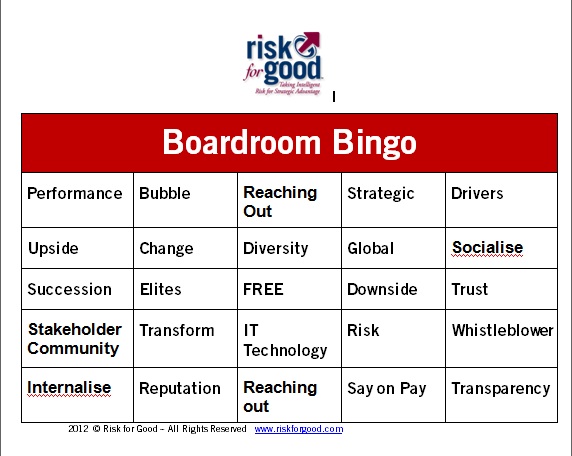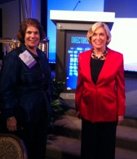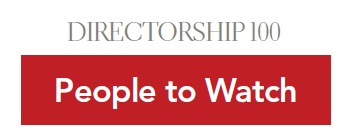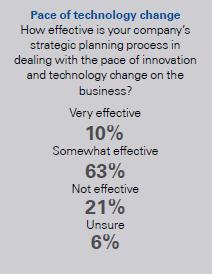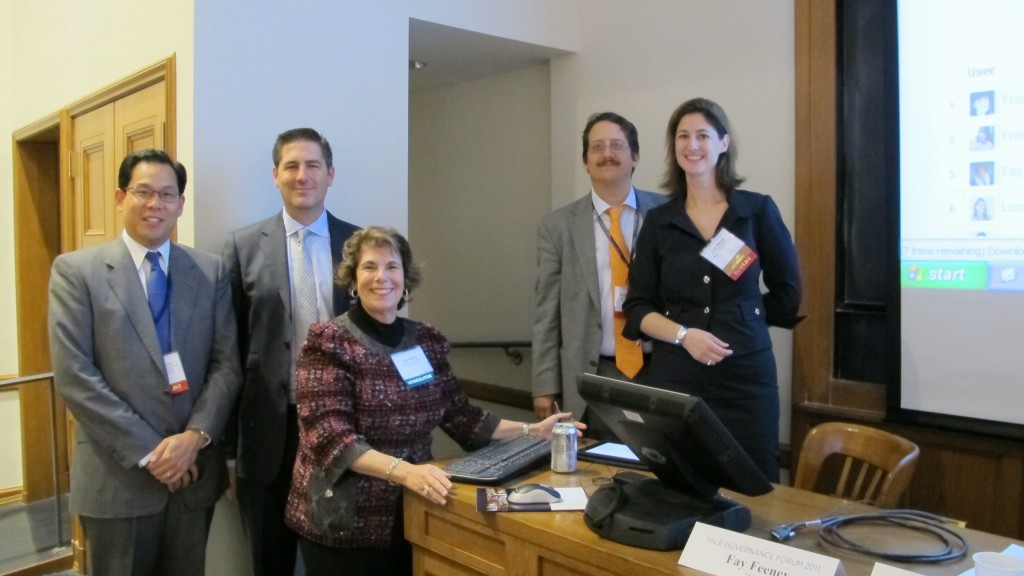The information explosion unleashed by the Internet has been magnified in the last five years by social media, and it is changing the world. Beyond Facebook “Likes”, public opinion has created an on line perception about products, companies, and their policies.
The initial premise of “social media” is simple: Being “social” in the digital age means creating and exchanging user generated content on line.
Read what CEOs, chairmen, and lead directors need to know about social media to empower them, and in turn their boards, to be more effective in leading their corporations and exceeding shareholder expectations.
To read the entire blog post please hit this link to Boardmember.com

